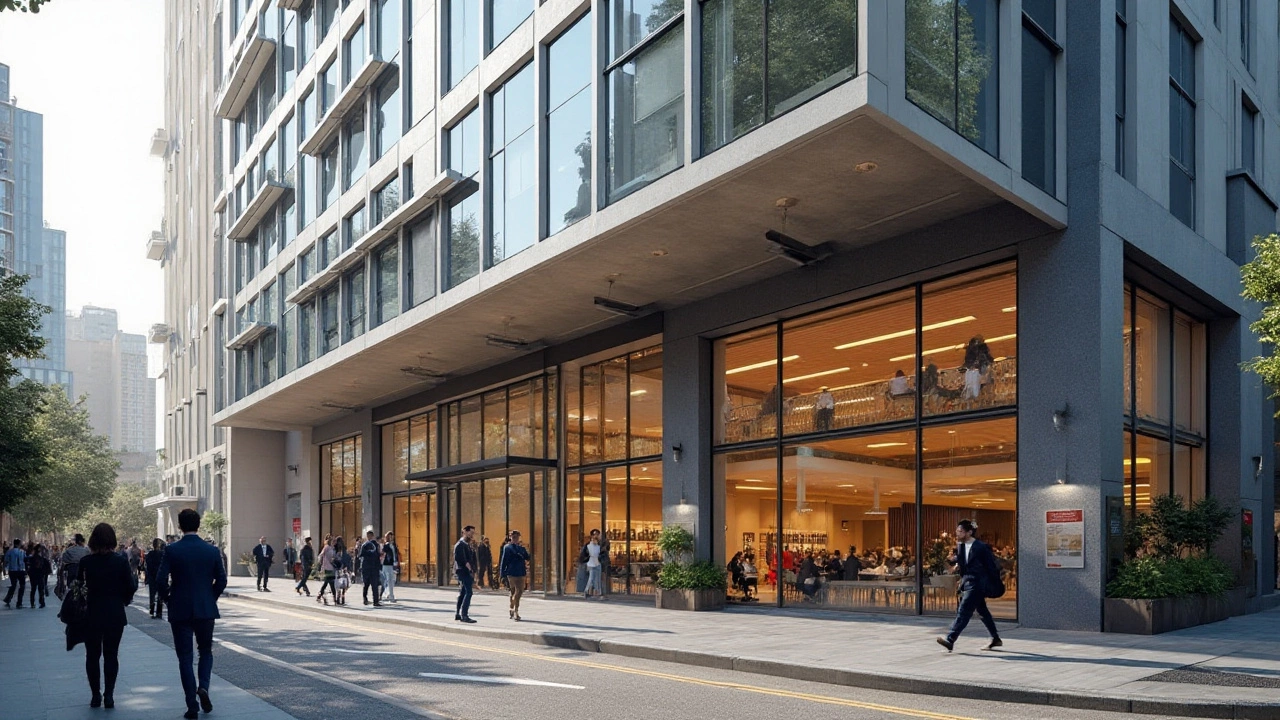Type D Construction – A Practical Guide for Builders and Homeowners
Ever wonder why some walls feel extra sturdy or why certain projects need a special label? That’s where Type D construction steps in. It’s a classification used in UK building regs to show a wall’s fire‑resistance level. In plain English, a Type D wall can hold back fire long enough for people to get out safely and for the fire brigade to arrive.
When to Choose Type D Construction
If you’re building a new home, a flats block, or an extension that touches a public space, the rules often push you toward Type D walls. Think of any project that has a shared wall, a balcony, or a stairwell that people use every day. The law wants those areas to stay standing longer if a fire breaks out. That’s why architects and contractors flag Type D early in the design stage.
Even if you’re renovating an older property, you might need to upgrade to Type D if you add a new bathroom, kitchen, or replace a wall that separates flats. The upgrade usually means using thicker masonry, adding fire‑resistant board, or installing special plaster layers. It sounds like extra work, but the safety payoff is worth it, and it keeps you on the right side of the Building Regulations Approved Document B.
Key Benefits and What to Watch Out For
Type D construction isn’t just about ticking a box. It gives you a wall that can resist fire for at least 30 minutes, sometimes longer. That extra time can make the difference between a safe evacuation and a dangerous scramble. It also boosts the overall durability of the build because the materials used tend to be denser and moisture‑resistant.
On the flip side, Type D walls can be heavier and cost a bit more than a standard Type C wall. You’ll need a solid floor structure to support the weight, and the construction crew might need extra training to install the fire‑resistant layers correctly. Planning ahead helps you avoid surprise delays and keeps the budget in check.
For homeowners, choosing a builder who knows the Type D requirements saves headaches later. Ask for proof of compliance, like test certificates for the plasterboard or masonry you’ll use. A reputable contractor will also walk you through the inspection process, ensuring the fire‑resistance rating is officially recorded.
In summary, Type D construction is the go‑to choice when safety, regulations, and durability matter. It’s a bit more involved than a regular wall, but the peace of mind it brings is priceless. Whether you’re starting a fresh build, adding an extension, or upgrading an old property, make sure Type D is on your checklist if fire‑resistance is a priority.

